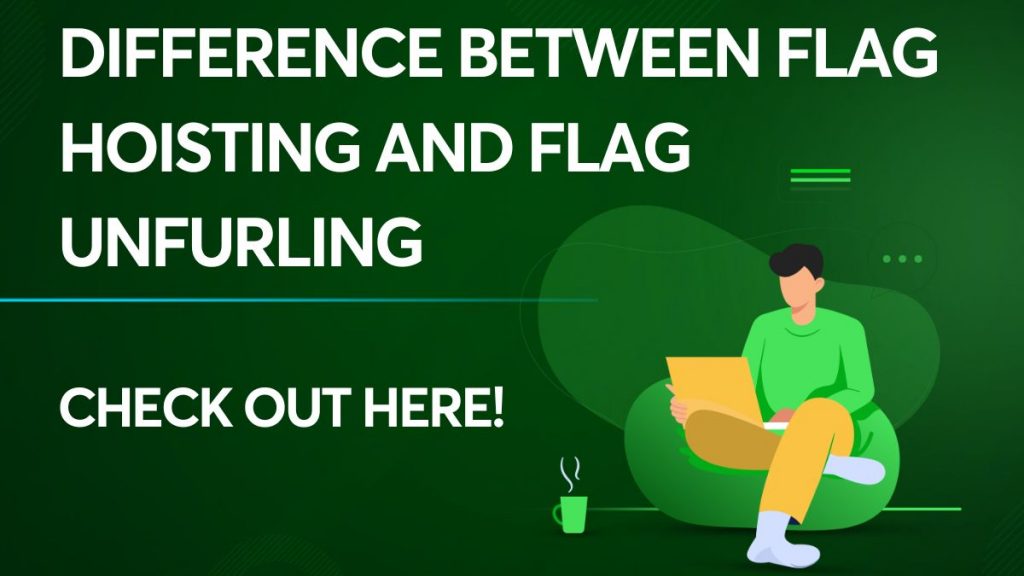Last updated on February 14th, 2023 at 02:38 pm
National holidays like Republic Day and Independence Day are very important because they are times when the citizens of the nation commemorate and honor the tremendous sacrifices made by freedom fighters and nation-builders. Additionally, it is a day when individuals show a lot of patriotism and passion. On Republic Day, people eagerly await the big Republic Day Parade, while on Independence Day, people listen to the Prime Minister’s address to the nation from the rampart of the ancient Red Fort to learn about the accomplishments of the country.
On Independence Day and Republic Day in India, the flag is raised. However, there is a difference between flag hoisting and flag unfurling. For more details read the article below.
Difference Between Flag Hoisting and Flag Unfurling
Prime Minister Narendra Modi will hoist the flag to honor the historic occasion of India’s Independence on August 15. The Indian President raises the flag on Rajpath on Republic Day before overseeing a procession. There are some variations between the ceremonies, even though both honor and pay respect to the national flag, and may appear to be the same in certain ways.
- The hoisting of the flag on Independence Day denotes the emergence of a new nation free from colonial rule. The nation commemorates the adoption of the Constitution on Republic Day.
- The flag’s position must be carefully considered! The placement of the flag reveals the distinction between hoisting and unfurling. The national flag is tied and rests at the base of the flagpole when it is hoisted. The national flag is raised and hoisted by the prime minister in recognition of the current historical occasion. On Republic Day, however, the flag is raised and tied at the top of the pole, not closed.
Check the latest updates below-
Why the President unfurls and the Prime Minister hoists?
Although it is obvious who hoists and raises the national flag when appropriate, why is this procedure performed in India? Of course, there is a well-documented historical reason why the Indian President raises the Tricolor on Republic Day and the Prime Minister hoists the flag on Independence Day.
According to history, there was no President on the first Independence Day. The role that preceded the President before it was dissolved and was equivalent to it, Lord Mountbatten was still serving as the Governor General of India. Since it was obvious that the colonizer would not raise the flag of a newly independent country, the task fell to the Prime Minister, who was designated as the official representative of the Indian people.
FAQs on the Difference Between Flag Hoisting and Flag Unfurling
A government’s top official is the prime minister. On Independence Day, he “hoists” the flag. On the other hand, as the nation’s first citizen and constitutional head, the President of India “unfurls” the Tricolor on Republic Day.
The national flag is tied and rests at the base of the flagpole when it is raised. The prime minister raises and hoists the nation’s flag in recognition of the current historical event. On Republic Day, however, the flag is raised and tied at the top of the pole rather than being closed.
There Was No Need To Raise The Flag From The Bottom Because India Was An Independent Nation When Republic Day Was First Celebrated. As a result, the President is the only one who can raise the national flag.
The Indian President raises the flag on Rajpath on Republic Day before overseeing a procession.
The nation commemorates the adoption of the Constitution on Republic Day. The raising of the flag on Independence Day denotes the emergence of a new nation free from colonial rule. On August 15, Independence Day, a rope is dragged up from underneath to raise the flag.
